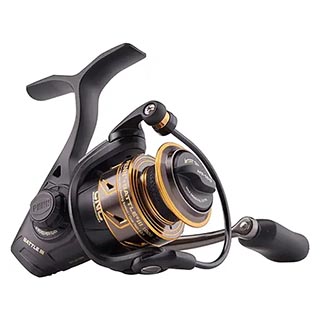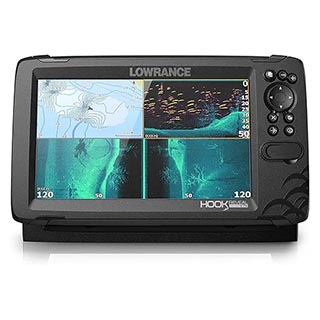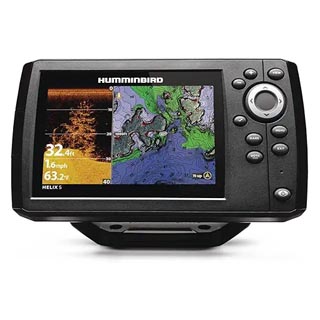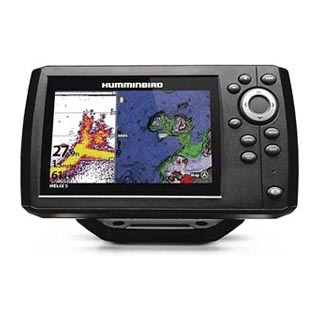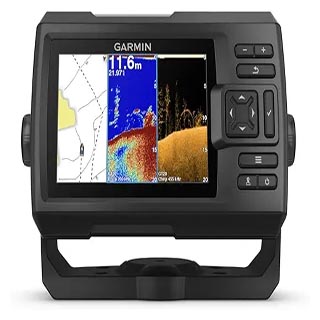Not Just Fishing's Fish Finders
Fishing Articles and Information

Question: Does Peak to Peak Power really make a difference?
I've read that peak-to-peak (P-P) power is a measure of how powerful a depth finder is and that we should look for units
with 1500 watts and higher as a general rule. The smaller color units (like the Eagle FishEasy 320C), though, advertise only around
800 watts.
Does that mean that these wouldn't have very good sharpness or detail?
Al S
Answer:
Hi Al,
I could get pretty heavy into this Peak to Peak and RMS, but I think I would totally confuse you.
Instead I will give you a link that may help you out.
http://en.wikipedia.org/wiki/Root_Mean_Square
and a couple of definitions
Peak-to-Peak
Normally used to describe the output power of a sonar transmitter.
This value is a measurement of the total swing of an AC voltage from
its peak negative value to its peak positive value.
RMS Literally " root mean square "
A DC voltage that will produce the same heating effect (power output in Watts) as the AC voltage. For a sine wave, the RMS value is equal to 0.707 times the peak value of an AC voltage. Example: divide Peak-to-Peak by 2 (or in half) and multiple by 0.707 = RMS voltage
Now if you take 1500 Watts (Peak to Peak) and divide it by 2 multiply it by 0.707 (Root Mean Square Value), you end up with 530 Watts (RMS).
This is indeed a powerful depth finder. Your looking at a depth penetration of about 800'.
Now, I guess you have to ask yourself when
was the last time you caught a fish at 800 feet.
The good thing about having all that power is that it will cut thru a lot of debris, specially if you are fishing saltwater or water stirred up after a good rainfall. Another benefit is that it will give you a better detail of the bottom structure (e.g. sand, mud, clay,
drop offs, boulders, heavy vegetation). This is the kind of information where you should be taking notes.
Trust me, it will make you a
better fisherman. So much time is wasted because not enough attention is paid to the bottom. It comes down to, if you want to catch
fish, you have to find them, and to find them you have to know where their habitat is especially at what time of year your fishing.
Another thing you should be looking at is the transducer angle. A 12 degree cone will give you a deep presentation but it is narrow, 20 degrees will give you less penetration but covers a wider area.
So, if your fishing 60 feet of water a narrow cone is pretty well useless to you.
A transducer's cone angle determines its coverage area of the underwater world.
The wider the cone angle, the greater the area that's covered.
Lowrance offers a variety of 200 kHz transducers with either a wide (20°) or narrow (12°) cone angle.
They also offer a variety of 192 kHz transducers with either a wide (20°) or narrow (8°) cone angle.
The 50 kHz transducers come with a
35° cone angle.
Dual-frequency transducers come with both a narrow (12°) 200 kHz and a wide (35°) 50 kHz cone angles and the
dual-search transducers come with both a narrow (12°) 200 kHz and a wide
(35°) 83 kHz cone angles.
Generally, use a wide cone angle for fishing shallow to medium depths. The narrow cone penetrates to
deeper depths, but shows less fish and structure due to its narrow beam. Remember transducers have to be matched
with the transmitter.
Hope this helps.
Iain Loveman
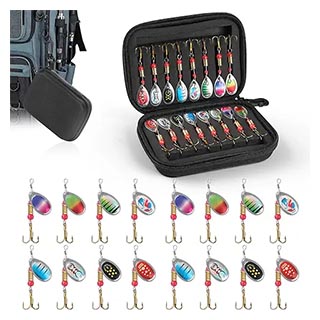
The spinner baits are made of high-quality material, sturdy fishing spinners and artificial colors, greatly attract the fishes in the lake sea and ponds.
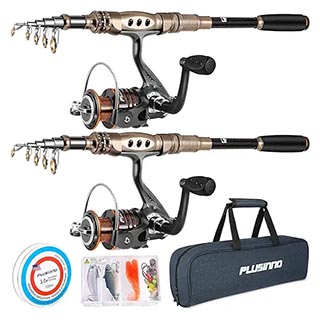
PLUSINNO Fishing Rod and Reel Combos Carbon Fiber Telescopic Fishing Pole
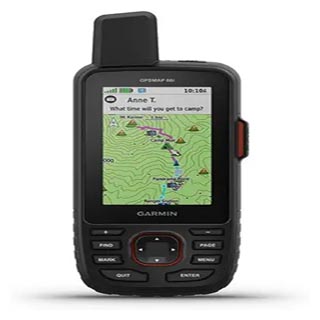
Garmin GPSMAP 66i, GPS Handheld and Satellite Communicator
